For the first time since 1847 a shark has attacked a human in British waters! On this occasion it was a Blue shark that attacked the lady in question – she survived.
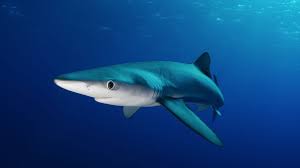

Wildlife and conservation new, wild travel information and links for booking
For the first time since 1847 a shark has attacked a human in British waters! On this occasion it was a Blue shark that attacked the lady in question – she survived.

A quick search tells you that the developed world is responsible for roughly 79% of all historical emissions. What is worse, is that this represents under 20% of the world population.
This means that per person emissions are as much as 16 times more the result of each person living in the developed world than the developing world.
Last year was a case in point. Last year, costs for extreme weather events like droughts floods and wildfires cost an estimated $329 billion, which is approximately twice the total money given by donor nations – in other words, when you take into account the financial damage that our behaviour is causing, the developing world is actually donating hundreds of billions to the rich developed world.
We in the west have had politicians claim for decades, that stopping climate change would cost to much. If we had to pay the full amount, clearly the numbers would be quite different.

No one knows how the melomys got to Bramble cay a small island 31 miles off the coast of Papua New Guinea, but they did. In 2015 they became the first mammal to go extinct purely as a result of climate change, as their little island home at the end of the great barrier reef sink beneath the waves.
In 1978 a few hundred were counted, in 1998 just 100. In 2002 and 2004 just a few dozen were found. The amount of lady plants shrink by 97% between 2004-2014, and when a survey was carried out in 2014 no specimens could be found.
Both the Amazon and the Congo have been given the status of totally virgin rainforest, without any human impact. What is becoming increasingly clear is that this is not the case.
Instead it is the case, that the communities which lived here -sometimes in large numbers, lived in balance with the environment.
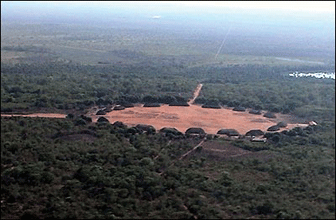
Archaeologists have found vast network of settlements in the Columbian Amazon, spanning hundreds or even thousands of square km, consisting of a main settlement with huge platforms, and smaller settlements spread out around. All are linked by causeways, and canals and reservoirs dotted the land to make agriculture possible.
To be sure, these settlements were low density, but they successfully lived in harmony with the rainforest for centuries.
Oddly, while these communities prospered for 1000 years, they disappeared before Columbus arrived, and it is not clear why.
How should this impact work these days? I am not sure. There are no large groups of modern people who have learnt to live in harmony with their environment, but clearly bush people have. Perhaps we need to follow their example – though the current indigenous people of the Amazon do not live in settlements of large size, otherwise we would have know about these centuries ago,
Current worldwide pledges on carbon dioxide reduction are no where near enough and would lead to catastrophe.
Last year commonsense was found. It was recognized that global warming of 2 degrees will lead to a horrific situation, and that we need to be aiming for 1.5 maximum degree warming. This has been agreed, but at cop26 the pledges gathered were just enough to limit warming to a maximum of 2 degrees.
Unfortunately, actions taken (those pledges that are actually changing behaviour) fall far behind promises, leaving us on target for 2.7 degrees of warming – the upper band suggests 3.6 degrees of warming is still possible.
Developed countries around the world are not acting fast enough. They are also failing to supply funds promised to help the developing world cut their emissions.
Importantly delay will increase the cost. If we fail to act now, actions in the future could be 10-100 times more expensive
NOT A LEGACY I WISH TO LEAVE FOR MY CHILDREN
As if we need any examples of the contradictory actions of rich governments, the UK government is still giving permission for new had fields to be created.
It is known that if we are to keep warning to 1.5 degrees or less, more than 50% of fossil fuels must remain in the ground. As such this move is foolish.
The government could do as much for consumer bills by bringing back the green housing grants-and funding it properly. Many people in the country can afford to do the work themselves but many more don’t stand a chance.
As much as half the particulate emissions from a car, come from they tyres. While electric cars are far cleaner, this particulate emissions is particularly dangerous, to health so this move to do something about it is very good.

The idea is that a device is placed behind each wheel, and is statically charged, allowing it to collect most of the waste. The waste can then be recycled into tyres of into other things. Tyre wear accounts for about 28% of oceanic micro plastics, so it is an area we need to deal with – particularly because with their heavy battery electric vehicles wear down tyres much faster.
Most drivers on petrol engine cars, wouldn’t dream of driving without a catalytic converter – hopefully in the future the same will be said for tyre dust collectors. They should be on the market in the next few years.
I don’t know what your feelings towards cheetah, for many of not most people they have vague idea of the cheetah because it’s the fastest animal on earth. My family have a model cheetah, full size, something I’ve always loved – and it built a deep love for these animals. I was lucky enough to see one whole in the Kruger – not many at the time, so very lucky. I hope this time we will see more
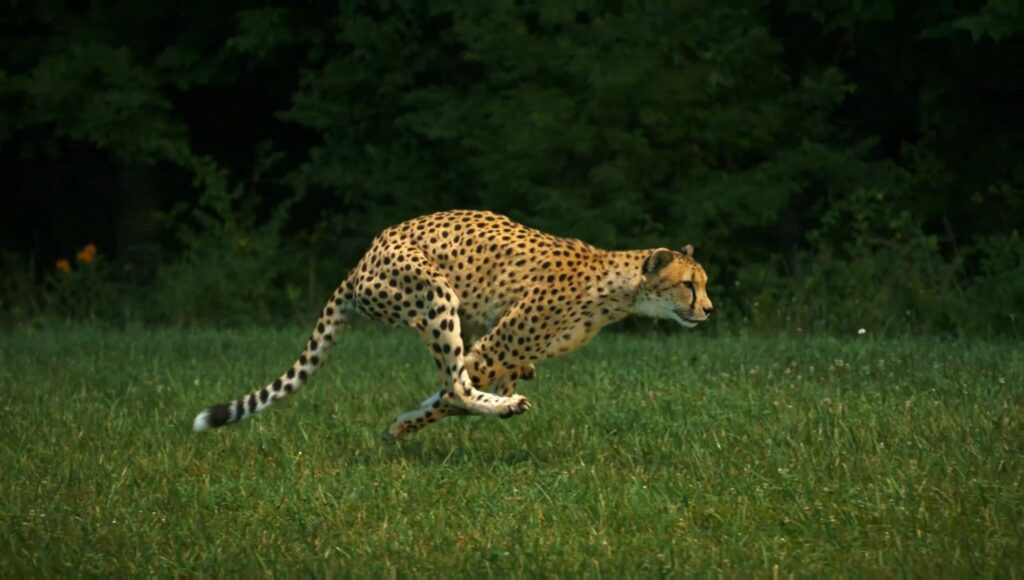
However, for perhaps most they know little else. I have written on them many times, I believe they are an essential tool for conservation. Given their size, they don’t generally attack humans, and kill livestock far less. Having a historic range that encompasses most of Africa and much of Asia, there are many places they could be, but instead they face extinction once again.
Continue reading “Cheetah on the brink of extinction again”At various times over the last century, the elephant population has been decimated. Between 1979 and 1989 the elephant population halved. Even recently, between 2007 -2014 30% of Africa elephants were lost.
Yet this is only the top of the iceberg. In 1930 there were an estimated 10,000,000 African elephants roaming the continent -today just 415,000 remain 96% decline. That means a sustained loss of almost 1%a year for almost a century.
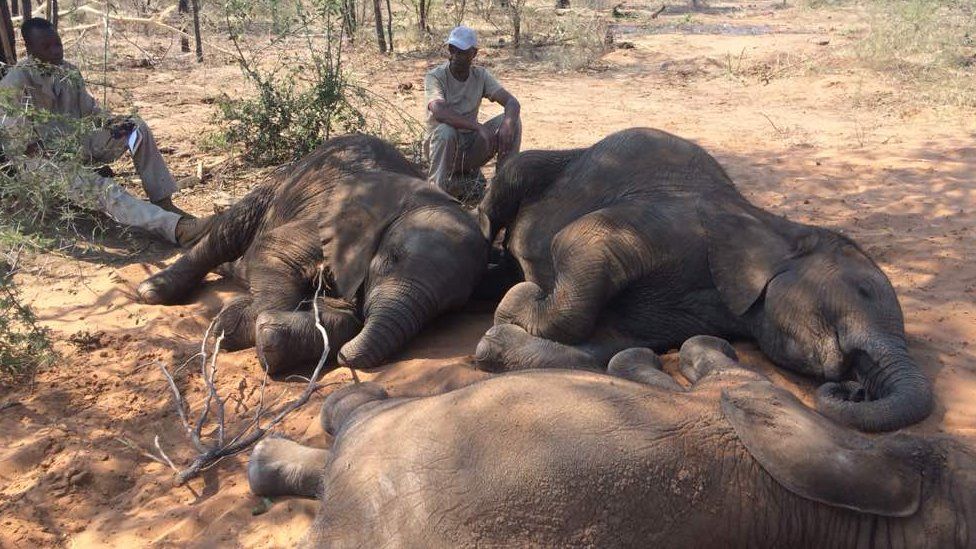
Now, there is another problem with this. These elephants belong to 2 species, the African forest elephant and the African Bush (or Savannah elephant). It is estimated just 40,000-50,000 African forest elephants remain; and it has to be remembered that the differences between the African forest and Savannah elephants are not small – they are not sub species, they are separate species.
The African forest elephant, overlooked by poachers for a long time, had had precipitous collapse in numbers, from over 700,000 to likely under 100,000. More than half of the remaining population lives in Gabon – which makes them susceptable to any change in policy in this small African country.
All this, is a rather long winded way to say that African elephants have suffered over the last century.
The British government has banned the import of ivory. Now they are closing the loophole, by banning other body parts from elephants – why stop ivory import, if the elephant will be driven to extinction for is ears or feet anyway.
Now, it is true that there is some legal hunting. In some places this does make sense, and I would suggest rules to allow import from these places – however these are few and far between, and many are not currently healthy enough to allow hunting. I am thinking of places like the Selous – 20,000 square miles. At one point housing more than 110,000 elephants, successive round of devestating poaching has reduced that to 10,000 or less.
While a take of 50-100 (even 500) from 110,000 is a founding error, this big a take from 10,000 is quite different. In a healthy ecosystem, this take of 1% or less would be fine, but it is likely that animals are still being lost to the poachers. Furthermore, given such a precipitous decline much of the population knowledge will have been lost – making survival through tough times far harder already.
My feeling, is that hunting should only happen if there is no other option. Sure, a hunted elephant brings in a lot of money, however, the Selous could support a vast photographic Safari destination, if the tsetse fly could be eliminated. This would give well passing jobs to the many poor communities living around it’s fringes. Certainly, I would argue with Africa has no need to trophy hunting of elephants, or most other species – never mind the fact that someone going on a canned lion hunt does not risk his life, and is guaranteed to kill. Essentially a canned lion hunt, is killing an animal in a large zoo.
In liwonde national park, 4 species of vulture; all considered critically endangered have returned. What has prompted this? Well the reintroduction of lion and cheetah has retires some meat two be put out and this has attached the vultures.
The park is a little over 2000 square miles (5500 square km) and the cheetah population has reached 42.
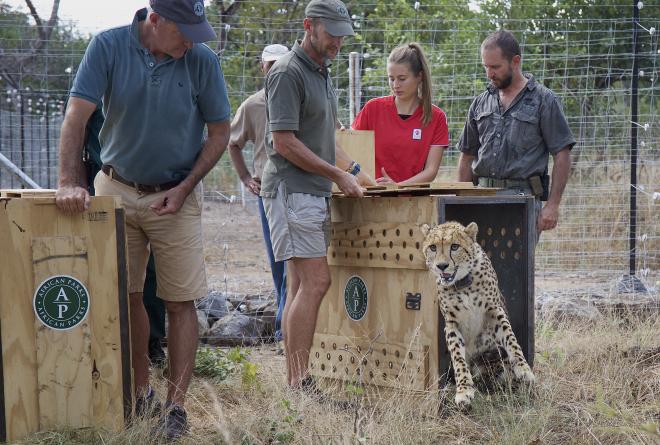
Lion and cheetah were lost around 2000, and as a result the vultures left.
The problem is that was vultures are the main group cleaning up bodies, without them the bodies started and rotted. This was a perfect breeding ground for various illnesses that threaten the lives of both humans and livestock.
Farmers will often take revenge on livestock killings by poisoning the body. This usually like the lions, along with any scavengers that come along such as jackals and hennas.
However, it can have a decorating impact on vultures. Due to their way of finding near to scavenge, there can often be 20-30 vultures waiting while the lion eats – if a kill is poisened, it can kill every vulture for miles around.
Both lions and cheetah are missing from dozens of countries across Africa and Asia, places they historically roamed. While lions can cause more issues, cheetah cannot generally kill much livestock. As a result, there will be dozens of reserves where cheetah could return, allowing the reserve to start to operate more as it once did. Once this happens, tourists will start visiting and this leads to money which can help the rest of the reserves rejunivatiom. This in turn makes return of lions far easier, as assist from bringing in the funds to compensate livestock losses, it also brings in lots of money – allowing poor farmers to make more money and raise the standard of living for their family.